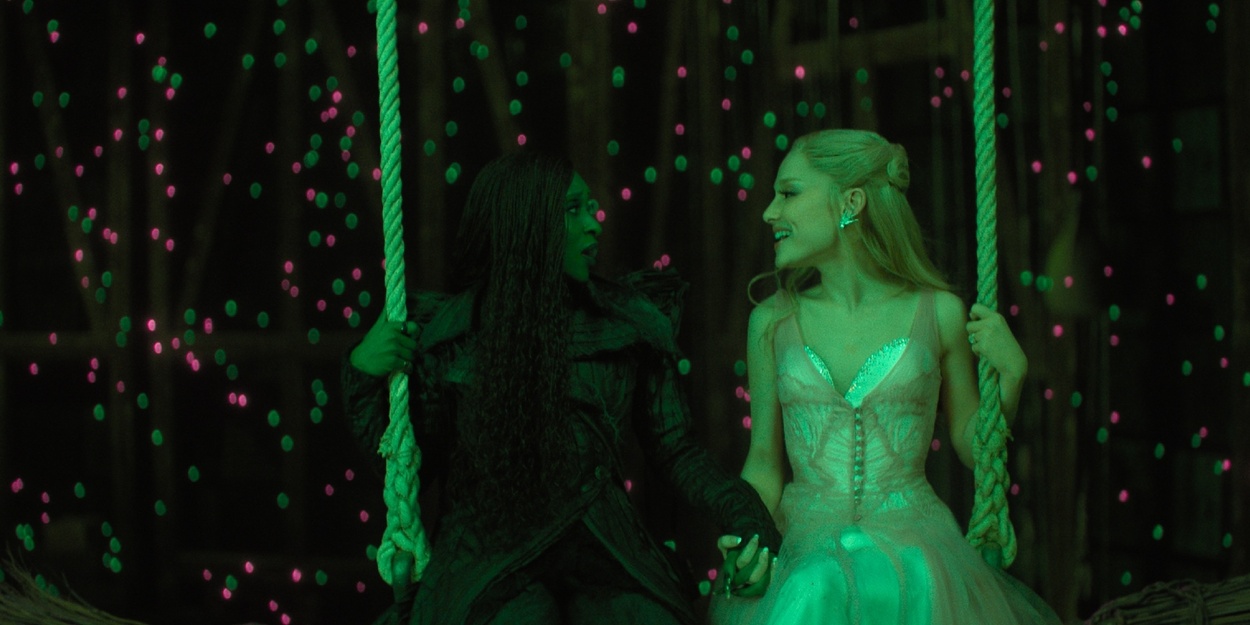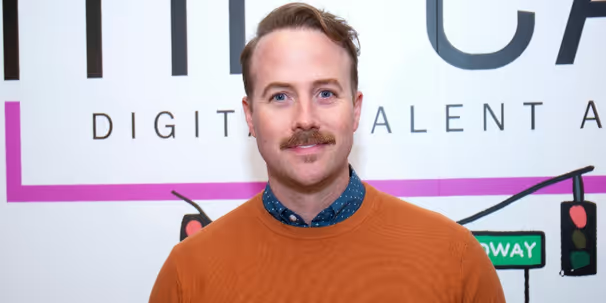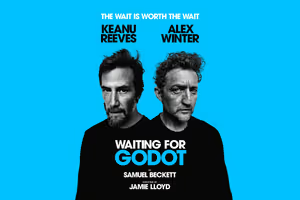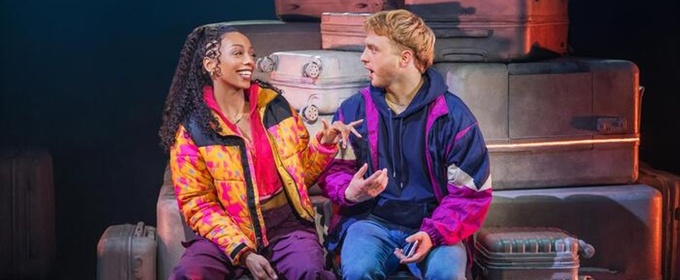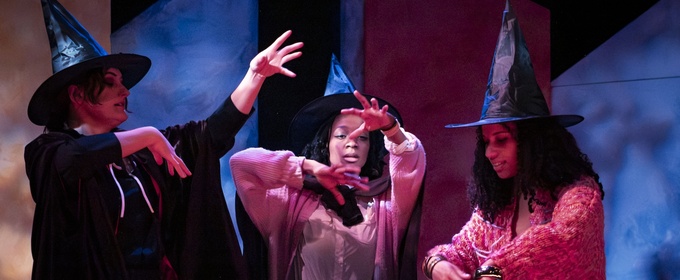Trending Stories
Recommended for You
Playlist: New Year, New You!
Check out 50 showtunes that will leave you feeling like a brand-new you!
Broadway Alum Bret Hanna-Shuford Passes Away at 46
His husband, Stephen Hanna, confirmed the news on their social media.
Video: Mandy Patinkin Leads 'Somewhere Over the Rainbow' at Mamdani's Inauguration
Mayor Mamdani's inaugural committee includes familiar theater faces like Cole Escola, Cynthia Nixon, John Turturro, and Julio Torres.
Videos: Jennifer Lopez Sings GYPSY, FUNNY GIRL & More in Las Vegas Residency
Currently running at The Colosseum at Caesars Palace, the show infuses Broadway standards with some of her greatest hits.
Ticket Central
Industry
West End

Review: THE RIVALS, Orange Tree Theatre
Tom Littler shows how to make a 250-year-old play feel both fresh and fun
Tom Littler shows how to make a 250-year-old play feel both fresh and fun
New York City

Trans Musician & Tech CEO Michele Bettencourt's VAMPIRE TIME to Play NY's Cutting Room
The performance is on January 26.
The performance is on January 26.
United States

Braddon Mendelson's PASSING WIND Blows Into Santa Clarita with a Comedic Gust Of Theatrical Farce
The production runs March 13-22.
The production runs March 13-22.
International

Katrina Mathers Returns to Melbourne International Comedy Festival with New Work
Performances begin March 26.
Performances begin March 26.







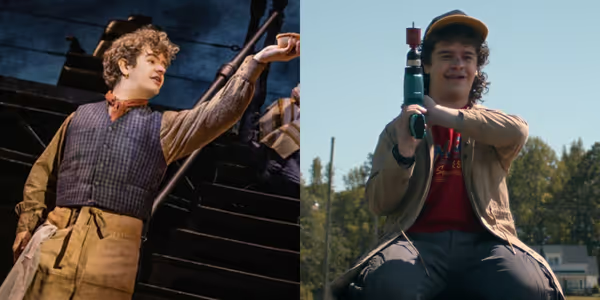








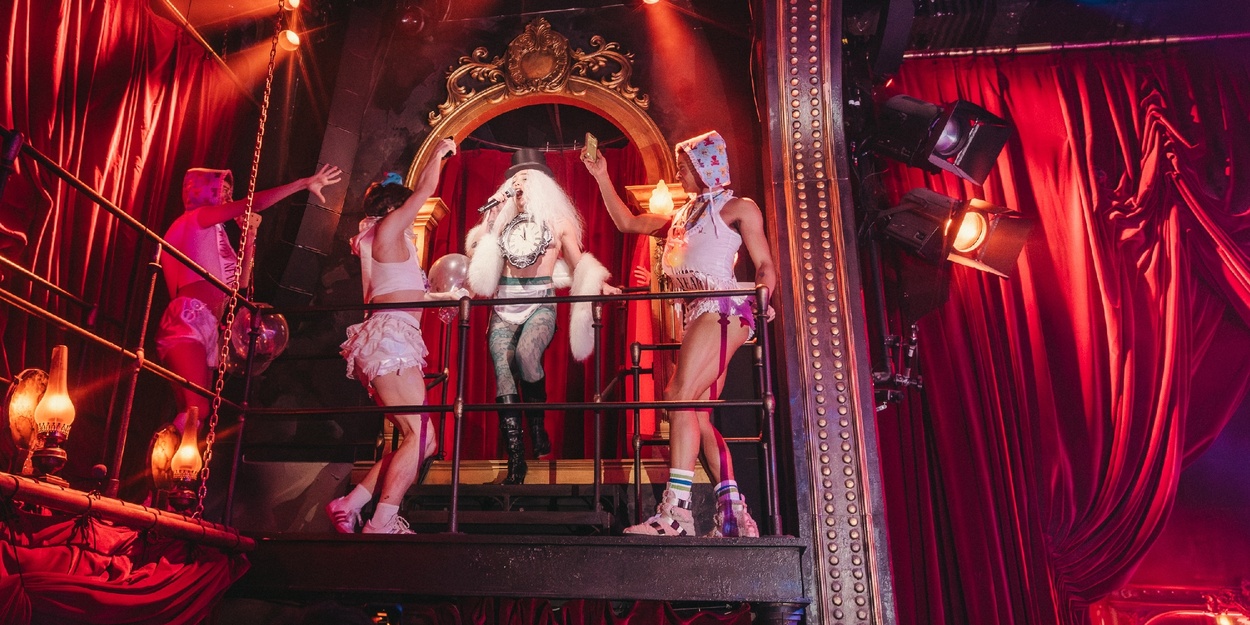






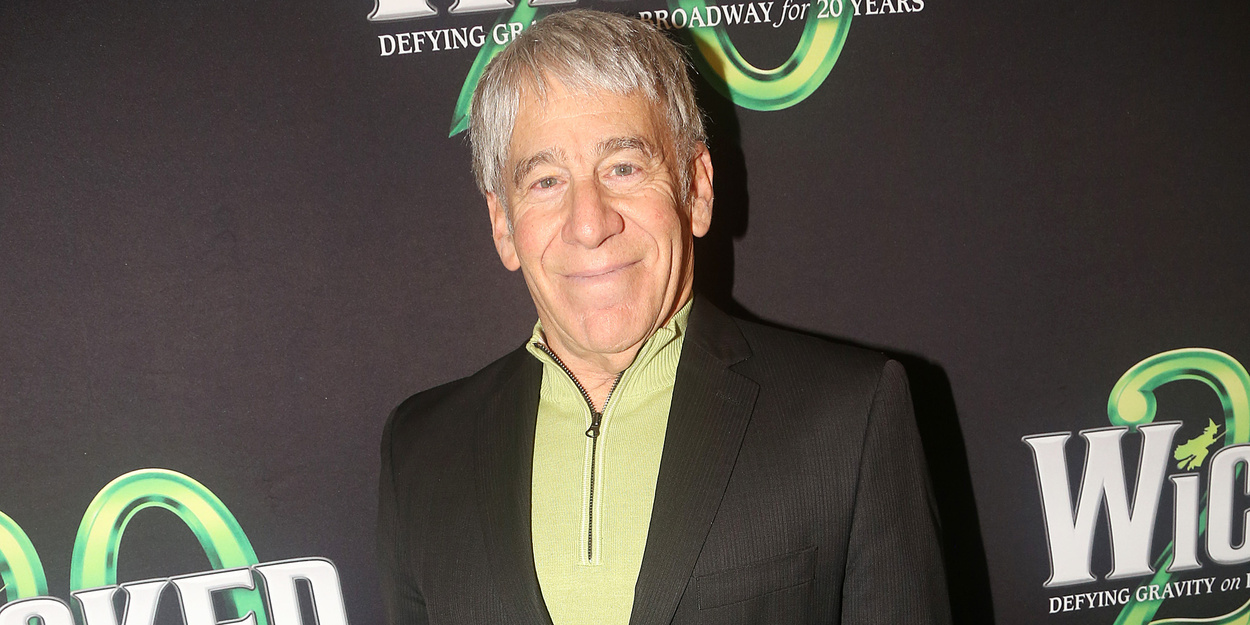
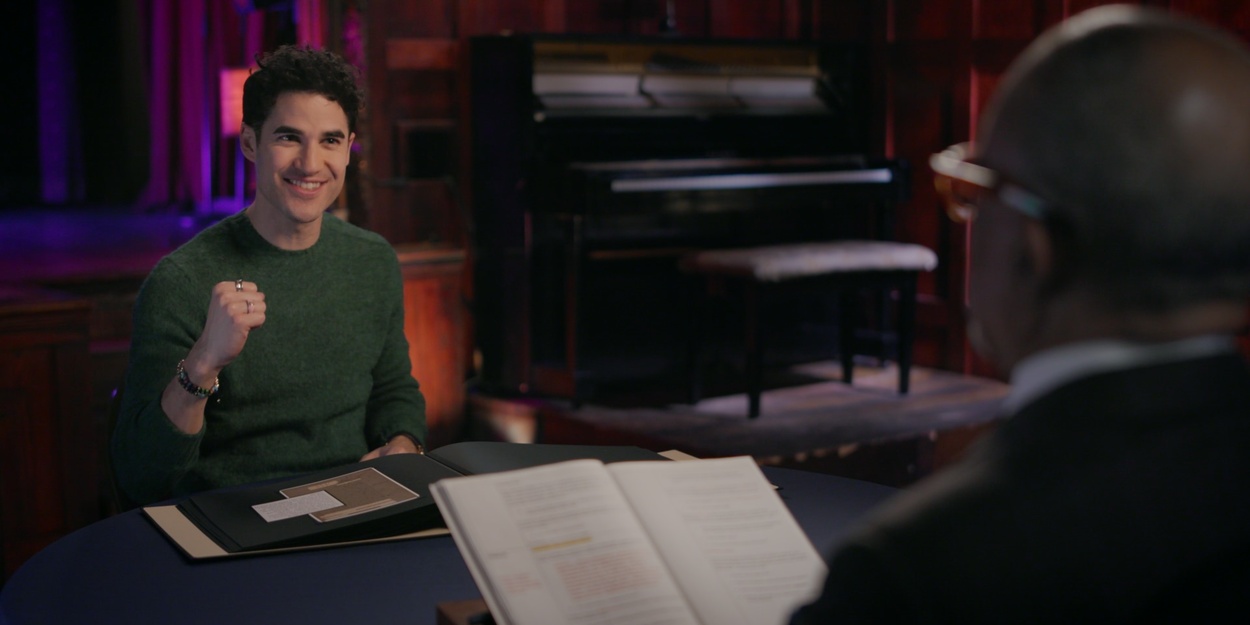


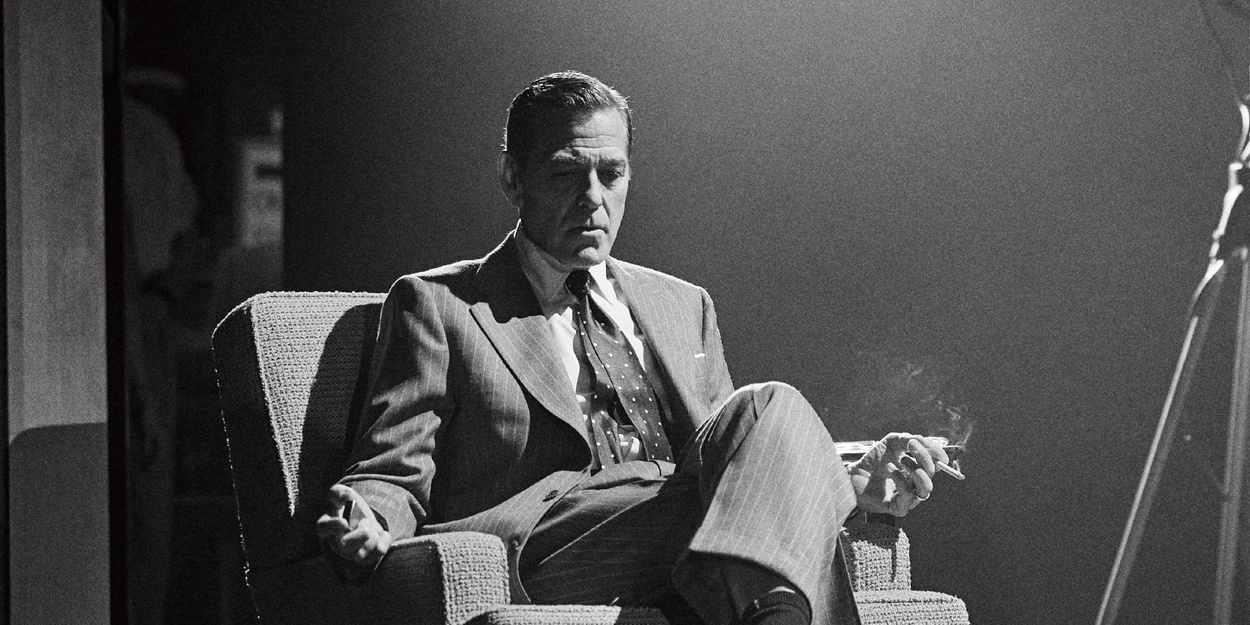






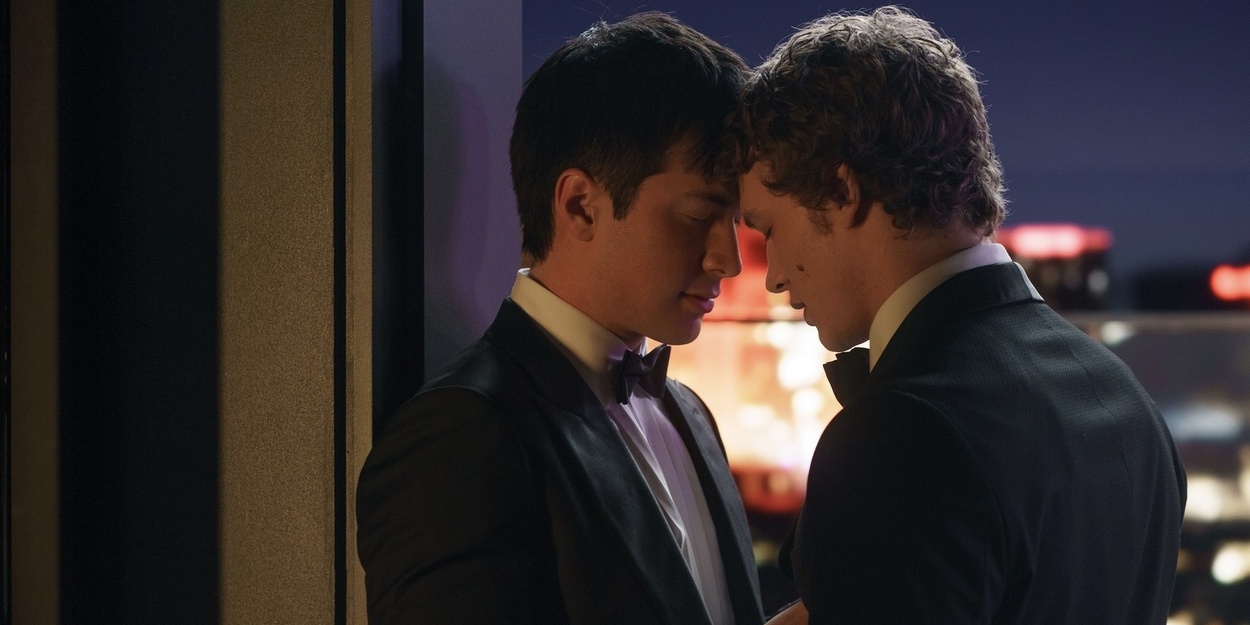


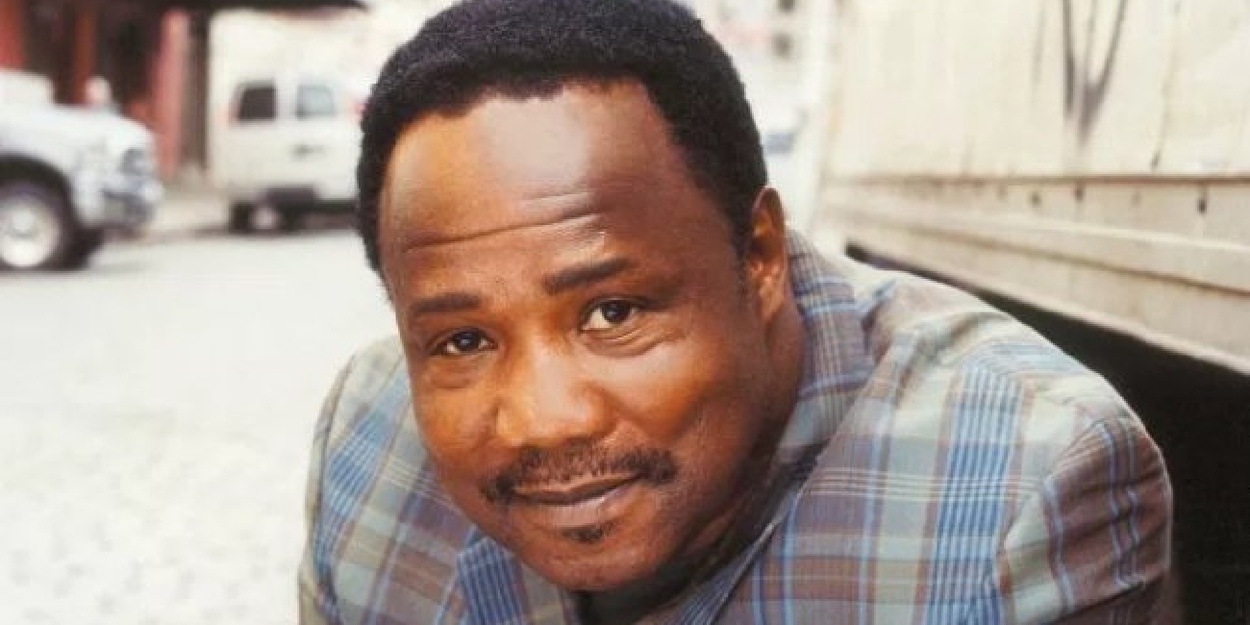





.jpg)
